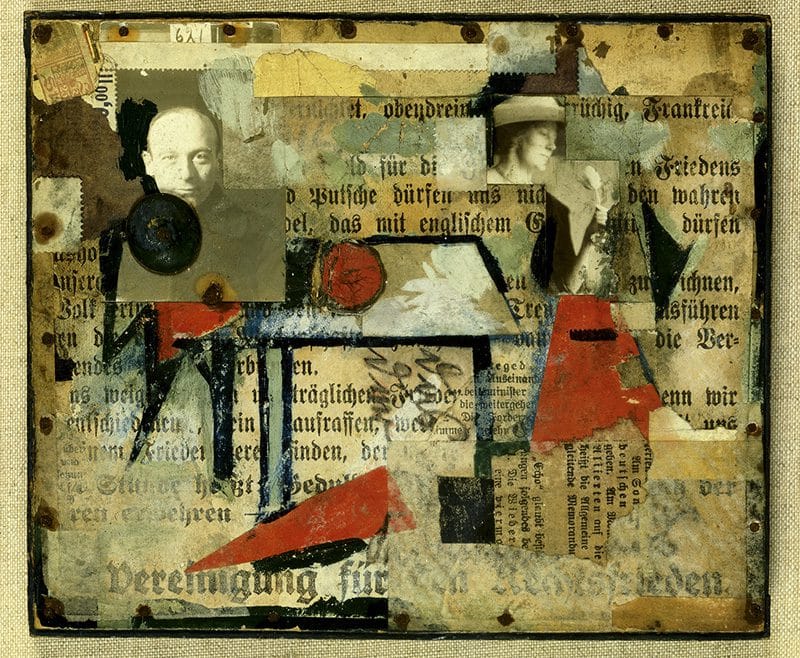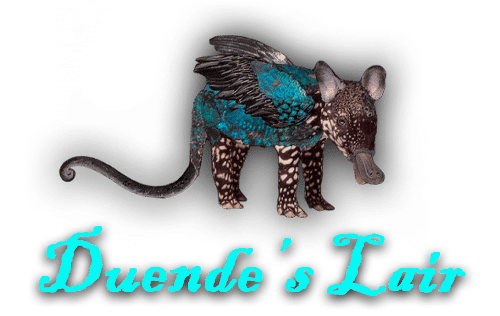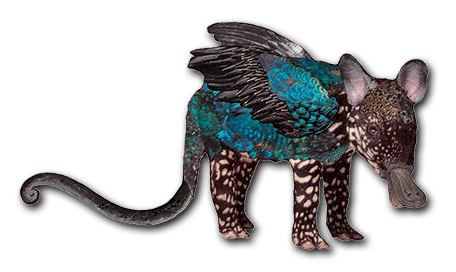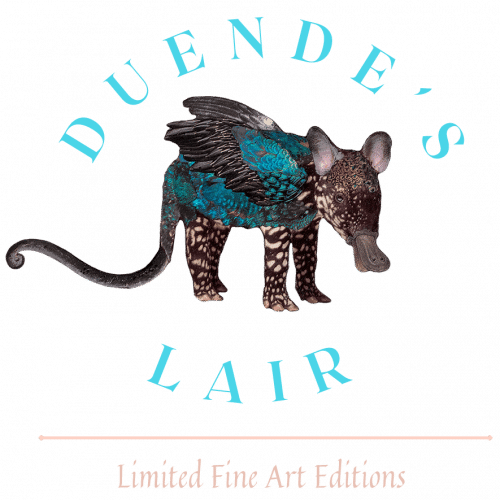Inspiration from Iconic Mixed Media Artists
Mixed media art is all about breaking boundaries, using different materials, and layering elements to create something unique. Over the years, many artists have explored new ways of making art, inspiring others to experiment with textures, colors, and storytelling. Learning about these artists can help spark new ideas and show you just how limitless mixed media art can be.
Kurt Schwitters – The Pioneer of Collage
Kurt Schwitters is often considered one of the earliest pioneers of mixed media collage. In the early 1900s, he developed a technique called “Merz,” where he used scraps of paper, ticket stubs, advertisements, and found objects to create layered artwork. His work proved that everyday materials, even things people threw away, could be turned into fine art. Schwitters’ creative approach encouraged artists to see ordinary items in a new way. If you want to try his style, look around for materials like newspaper clippings, torn packaging, or old receipts. These can be layered into your collages to give them a historical or storytelling feel.
Hannah Höch – The Power of Photomontage
Another groundbreaking artist, Hannah Höch, was one of the first to use photomontage. This technique involves cutting and layering different photographs to create new images, often with a surreal, dreamlike quality. Höch used this style to make statements about society, especially about gender roles and expectations. Her work mixed photography, painting, and drawing to create striking, thought-provoking pieces. To use her techniques in your own work, try cutting up magazine photos, mixing them with painted details, and layering them together in creative ways to create surprising and unique effects.
Robert Rauschenberg – The Master of Mixed Media
Robert Rauschenberg took collage to another level by combining paint, fabric, photographs, and even three-dimensional objects. He believed art should reflect life and often used everyday objects in his pieces. His bold use of mixed materials showed that collage could be just as powerful and expressive as any other form of art. If you want to try Rauschenberg’s approach, don’t be afraid to mix different textures—layer fabric with paint, add found objects, and experiment with materials that create depth and movement in your artwork.
Romare Bearden – Telling Stories Through Collage
Romare Bearden used collage to tell powerful stories about African American culture, history, and daily life. He combined paint with cut-out photographs and layered textures to create striking compositions. Bearden’s collages show that mixed media can be a way to share personal and cultural experiences. If you want to follow his approach, think about the stories you want to tell in your art. Use symbols, colors, and materials that reflect emotions, memories, or important themes in your life.

Joseph Cornell – The Magic of Assemblage
Joseph Cornell was known for his detailed shadow boxes—three-dimensional artworks that featured found objects, paper, and vintage images. His pieces often felt like small dreamlike worlds trapped inside a box, blending nostalgia and surrealism. His work proves that mixed media art doesn’t have to be flat—it can be interactive and sculptural. To create art like Cornell, try using a deep frame or a box to build a collage that has layers of cutouts, small objects, and textured elements. This adds depth and creates a piece that feels like a miniature world.
Anselm Kiefer – The Power of Texture
Anselm Kiefer is famous for his heavily textured paintings that use sand, ash, fabric, and even metal. His artwork explores history and memory, often appearing aged and weathered to reflect the passage of time. Kiefer’s work shows how texture can add complexity and emotion to an artwork. If you want to try his techniques, experiment with thick layers of acrylic medium, sand, or fabric to create rough, textured surfaces that feel rich with meaning.
Mark Bradford – Large-Scale Layering
Mark Bradford is best known for his large-scale collages made from layers of torn posters, paint, and text. His work often deals with social and political themes, using layers of color and texture to create movement and depth. Bradford’s approach shows how layering can give an artwork a sense of history and meaning. If you want to experiment with his style, try layering different types of paper, posters, and acrylic paint in your collages to create pieces that feel bold and full of texture.
Finding Your Own Inspiration
These artists prove that mixed media art has no rules—only possibilities with art supplies. Whether you’re interested in photomontage, textured painting, or three-dimensional elements, there are endless ways to experiment. Learning different techniques can help you develop your own unique style and inspire you to push your creative boundaries.
At Duende’s Lair, we love celebrating the limitless potential of mixed media art. Let these incredible artists inspire you to try something new, layer your materials, and create something that truly reflects your artistic vision.
Feeling inspired? Explore our handmade collage collection and start collecting today!




